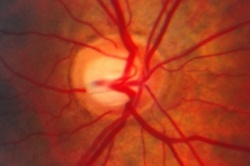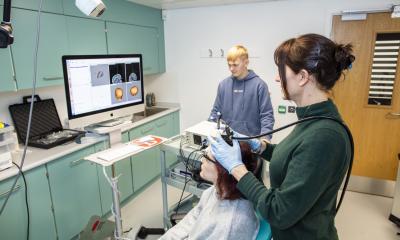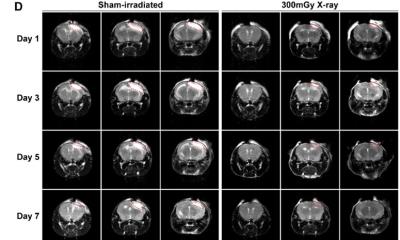Genetics
Genetic interaction offers target for glaucoma therapy
Scientists at the University of California, San Diego School of Medicine have elucidated a genetic interaction that may prove key to the development and progression of glaucoma, a blinding neurodegenerative disease that affects tens of millions of people worldwide and is a leading cause of irreversible blindness.

Primary open-angle glaucoma (POAG) is the most common form of glaucoma, affecting more than 3 million Americans, primarily after the age of 50. Pressure inside the eye (known as intraocular pressure) and age are the leading risk factors for POAG, resulting in progressive degeneration of retinal ganglion cells, optic nerve damage and eventual vision loss.
Genetics also plays a role. Recent genome-wide association studies have identified two genes – SIX1-SIX6 and p16INK4a – as strongly associated with POAG. SIX6 is required for proper eye development. P16INK4a irreversibly arrests cell growth, a phenomenon called senescence.
In their new paper, principal investigator Kang Zhang, MD, PhD, professor of ophthalmology and chief of Ophthalmic Genetics at Shiley Eye Institute at UC San Diego Health, and colleagues report that some variants of SIX6 boost expression of p16INK4a, which in turn accelerates senescence and death of retinal ganglion cells.
“We also show that high intraocular pressure in glaucoma increases expression of p16INK4a, making it a key integrator of inherent genetic and environmental risk factors that can result in glaucoma,” said Zhang.
The findings suggest that inhibiting p16INK4a could offer a new therapeutic approach for glaucoma, which is currently treated by drugs that lower intraocular pressure. “Although lowering intraocular pressure can slow worsening of the disease, it does not stop it and prevent further cell death or possible blindness,” said co-author Robert N. Weinreb, MD, Distinguished Professor of Ophthalmology and director of the Shiley Eye Institute.
The authors note that earlier studies in mouse models have shown that selective elimination of p16INK4a-positive senescent cells can prevent or delay age-related tissue deterioration.
According to the UC San Diego team, the next step is to conduct preclinical studies to assess the efficacy and safety of antisense oligonucleotides – strands of synthesized DNA or RNA that can prevent transfer of genetic information – which might inhibit p16INK4a expression and prevent worsening of glaucoma. “If they are effective, we may contemplate a human clinical trial in the future,” Zhang said.
Source: University of California, San Diego Health Sciences
21.09.2015











